I. Introduction
OpenAI GPT, which stands for “Generative Pre-trained Transformer,” is a model of modern language made by OpenAI, a research group that wants to advance artificial intelligence in a safe and responsible way. OpenAI GPT-3 is the third version of the model and, with over 175 billion parameters, is currently the largest language model in the world. It has been trained on many diverse text data, allowing it to generate human-like responses to various commands.
The article will cover various topics, including:
- An introduction to OpenAI GPT, its applications, operational details, and advantages and disadvantages.
- What lies ahead for OpenAI GPT, including the prospect of OpenAI GPT-4 and the current development of the model?
- We will address concerns about OpenAI GPT’s potential to overtake human programmers and discuss its impact across industries.
- This article is meant to help readers understand the significance of OpenAI GPT and its potential impact on artificial intelligence.
Since March 2023, OpenAI’s GPT-4 has been available; learn how to use it for free.
II. What is the Smartest AI?
A. Overview of various AI models and their strengths:
Numerous AI models have been developed throughout the years, and each has its own capabilities. For instance, neural networks excel in recognising patterns and classifying data, while decision trees predict outcomes based on a set of rules. Other models, including random forests and support vector machines, are also frequently employed in a variety of applications.
B. Explanation of why there is no single “smartest” AI:
There have been a lot of different AI models developed over the years, and they all have their own set of capabilities. Examples include neural networks, which are great at pattern recognition and data classification, and decision trees, which use rules to predict outcomes. It’s common practise to employ other models, such as random forests or support vector machines.
but it’s impossible to get this right with no contact with reality. we are learning so much from ChatGPT; it’s going to get a lot better, less annoying, and more useful fast.
— Sam Altman (@sama) December 26, 2022
III. What is OpenAI GPT?
A. Explanation of OpenAI GPT
OpenAI GPT is a pre-trained language model that creates text using deep learning algorithms. It can lead to many different kinds of answers, such as questions, summaries, essays, and even poetry. OpenAI GPT-3 is trained on diverse text data, allowing it to grasp and generate responses resembling humans to various prompts.
B. Key Features of OpenAI GPT
Large-scale model: GPT-3 is currently the largest language model in the world, featuring more than 175 billion different parameters. This is why it can produce responses that are of high quality and diverse to a variety of prompts.
Unsupervised learning: GPT-3 is trained on a vast quantity of varied text data without direct supervision, enabling it to discover patterns and relationships on its own within the data.
Transfer learning: GPT-3’s pre-training allows it to be fine-tuned for specific tasks with much smaller amounts of task-specific data, compared to training a model from scratch.
Multi-modal: GPT-3 can make text and do language-related tasks in text, image, and audio formats.
C. Comparison with Other Language Models
GPT-3 is currently the world’s largest and most advanced language model, but there are other skillful language models as well. For instance, GPT-2, the second model, was smaller in size but still highly capable of text generation. Other models, including BERT and RoBERTa, are designed for particular language tasks, such as trend analysis and question answering. Although these models are smaller than the GPT-3, they are still competent in their particular specialisations.
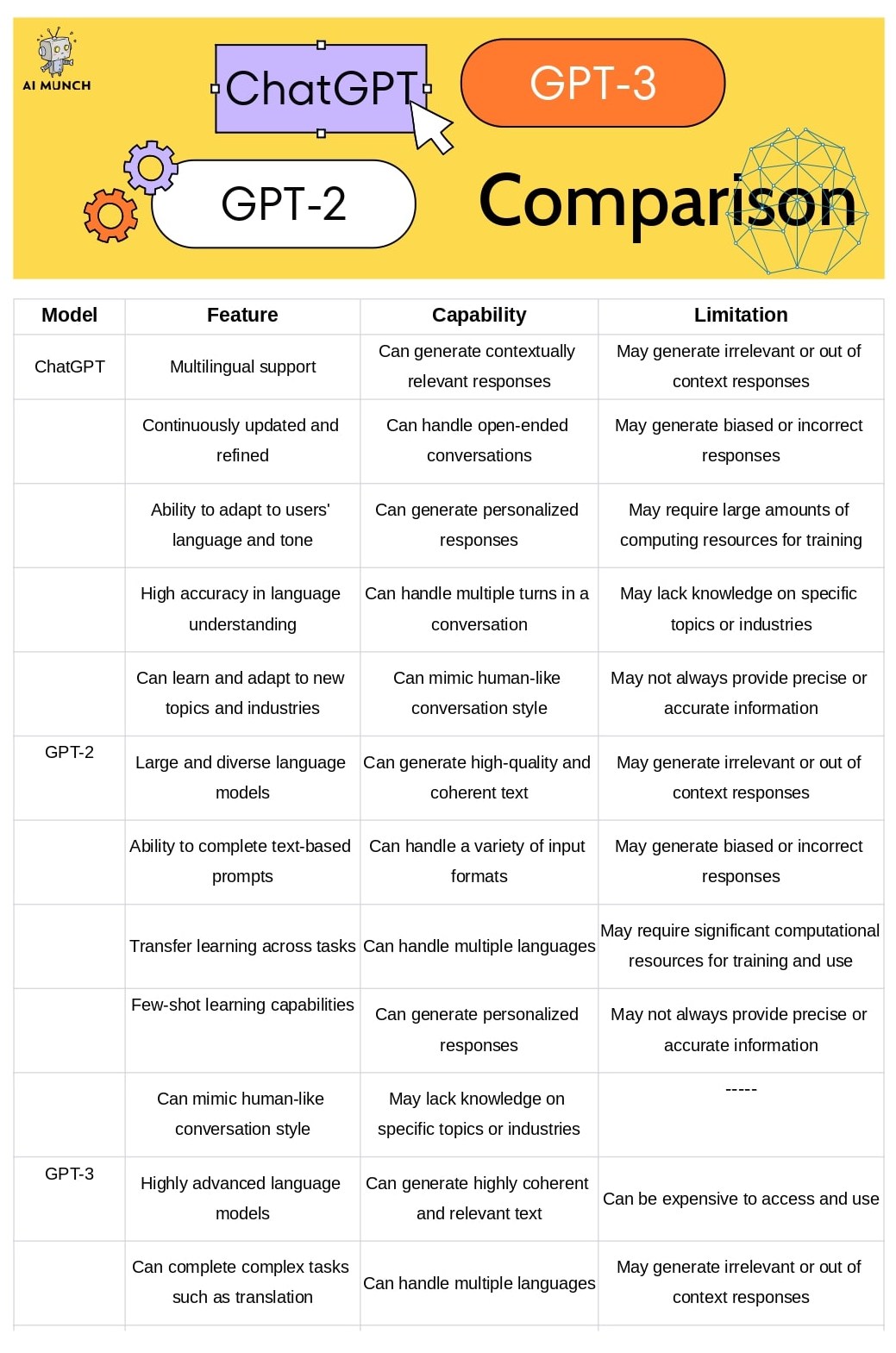

IV. Applications of OpenAI GPT
A. Overview of Various Industries Using OpenAI GPT
OpenAI GPT has numerous applications across industries, including:
- Natural Language Processing (NLP)
- Conversational AI
- Content creation
- Education
- Healthcare
- Finance and banking
- Retail and E-commerce
B. Explanation of How OpenAI GPT is used in Each Industry
Natural Language Processing (NLP): OpenAI GPT works well for NLP tasks like text classification, named entity recognition, and sentiment analysis. Because it can understand and write a text that sounds like it was written by a person.
Conversational AI: OpenAI GPT is often used in chatbots and virtual assistants to make real-time responses that sound like they came from a person. This application is well-suited to the model’s capacity to recognize and create context-aware replies.
Content Creation: The OpenAI GPT can be used to create articles, essays, poems, and other types of written information. In many ways, this can help writers. As they can save time and effort by doing this.
Education: Using OpenAI GPT, educators may create one-of-a-kind lesson plans, quizzes, and tests for their students.
Healthcare: OpenAI GPT can be utilized in the healthcare business to produce reports, summaries, and analyses. This application is well-suited to the model’s capacity to comprehend and interpret massive volumes of medical data.
Finance & Banking: OpenAI GPT can generate financial reports and analyses, decreasing the need for manual data entry and enhancing productivity.
Retail and E-Commerce: OpenAI GPT can be integrated into retail and e-commerce systems for product suggestions, targeted marketing, and customer assistance.
C. Potential for Future Applications
OpenAI GPT’s potential uses are enormous and constantly growing as technology advances. OpenAI GPT may be utilised in the future in a variety of novel and inventive ways, including:
- Generating more realistic and engaging virtual assistants
- Improving machine translation
- Creating more advanced and personalized educational experiences
- Generating realistic and high-quality multimedia content
- Improving decision making in various industries through deep data analysis.
V. Is GPT-3 the Most Powerful AI?
A. Comparison with other AI Models
People think that GPT-3 is one of the best language models available right now, but it is not the best AI model overall. Many other AI models excel in various domains, such as computer vision or speech recognition. Compared to other language models, GPT-3 is regarded as one of the largest and most accurate.
B. Explanation of the Strengths and Limitations of GPT-3
One of GPT3’s strengths is its ability to generate human-like text that is difficult to identify from the human-written text. It has also performed well in various NLP tasks, such as question answering, machine translation, and text summarization.
GPT3, on the other hand, has problems like a tendency to make biased or inappropriate text and trouble figuring out what words mean when they are used out of context or rarely. We have already seen the comparison of ChatGPT to GPT-2 and GPT-3.
VI. Programming Language Used by GPT-3
A. Overview of the Programming Languages Used in OpenAI GPT
Python and PyTorch are two of the programming languages used to make OpenAI GPT work.
B. Explanation of Why These Programming Languages Were Chosen
PyTorch is a popular deep-learning framework well-suited for implementing language models like GPT-3. At the same time, Python is a widely-used and popular programming language in AI. These languages were likely selected due to their widespread availability, relative simplicity, and high favour among AI experts.
VII. How OpenAI GPT Works
A. Description of the Transformer Architecture
OpenAI GPT implements the Transformer architecture, a neural network-based model meant to analyse sequential input such as text. In a 2017 study, Vaswani et al. proposed the Transformer architecture, which has since become one of the most extensively employed models in NLP.
B. Explanation of the Self-Attention Mechanism
The model’s ability to recognize context and links between words in a sequence of text is made possible by the self-attention mechanism, a crucial part of the Transformer design. The system calculates attention scores between every pair of words in a sequence and then uses those values to assign relative importance to each word in the output. As a result, the model can zero in on the most important details while creating text.
C. Overview of the Training Process
OpenAI GPT is taught using a massive text database, which can be hundreds or even thousands of gigabytes. The model is trained by being exposed to many linguistic examples to produce output consistent with the input data. The weights of the model’s parameters are adjusted during training to get the model’s production as close as possible to the target text. This is done repeatedly until the model can produce high-quality text. Since training OpenAI GPT requires a lot of computing power, the associated costs can be high.
VIII. Is GPT-3 the Most Advanced AI?
A. Comparison with Other AI Models
GPT-3 is regarded as one of the most advanced language models available, but it is not the most advanced AI model. Many other AI models excel in various domains, such as computer vision or speech recognition.
B. Explanation of Why GPT-3 is Considered Advanced
Due to its larger size and high-quality text generation capabilities, GPT-3 is considered a state-of-the-art platform. Its high performance across various natural language processing tasks and its capacity to create natural-sounding text differentiates it from other language models. Furthermore, GPT-3’s Transformer design has become a widely-used and well-studied paradigm in NLP, furthering the field.
IX. Can GPT-3 Write Code?
A. Explanation of how GPT-3 can be used in code writing:
GPT-3 is a language model that has been trained on a vast quantity of text data. It can be utilised for code writing by anticipating the next line of code based on the input provided. Additionally, it may produce source code based on natural language descriptions.
B. Overview of the limitations and challenges of using GPT-3 for code writing:
Though GPT-3 can now create code, it still faces obstacles and limits. For instance, it might occasionally produce inefficient or incorrect code and need help to grasp the rationale behind the code’s construction. Furthermore, it may need human assistance and be unable to produce code for challenging tasks.
X. Will GPT-3 Replace Programmers?
A. Explanation of how GPT-3 can be used in programming:
GPT-3 is a valuable tool for developers since it can generate code snippets and aid in testing and debugging. Also, it may be utilised for mundane coding jobs, allowing developers more time for intricate projects.
B. Overview of the limitations and challenges of using GPT-3 as a replacement for programmers:
Although GPT-3 might one day replace human coders, it is now only valuable for research. However, it has yet to reach full maturity. Thus more complicated activities may still need human involvement. Moreover, GPT-3 still needs a solid foundation in programming fundamentals, such as understanding algorithms and logic. It is quite unlikely that GPT-3 will ever be able to replace human computer programmers completely.
The team at OpenAI HQ manually responding to your prompts on ChatGPT. Make sure to thank them for their hard work. pic.twitter.com/FDEJGkAB9z
— Pedro Wunderlich ⚡️ (@pddro) December 8, 2022
XI. Is GPT-4 Coming?
A. Overview of GPT-4 and its Potential Capabilities
OpenAI has yet to reveal GPT-4 development formally. Many AI specialists, however, believe that the business will continue to build the GPT series of language models.
GPT-4’s projected capabilities include greater accuracy, efficiency, and language understanding over its predecessors.
B. Explanation of the Current State of Development for GPT-4
There needs to be more information on whether or when GPT-4 will be issued. OpenAI has not disclosed the creation of GPT-4 officially.
Due to OpenAI’s reputation for keeping their projects hidden, the present status of GPT-4’s development is still being determined.
XII. What Will GPT-4 be Capable Of?
A description of what GPT-4 could be able to do: Due to its advanced natural language processing, GPT-4 is expected to do better than its predecessors in several applications, such as language translation and text synthesis. As artificial intelligence (AI) advances rapidly, it’s feasible that shortly GPT-4 can also handle activities that require reasoning, decision-making, and creativity.
An Overview of GPT-4’s Challenges and Limitations: It is anticipated that Openai GPT 4 will significantly improve over its predecessor, although its development will still face restrictions and hurdles. Privacy and security concerns and a lack of sophistication in handling complex jobs are also possible drawbacks.
XIII. Conclusion
Recap of key points: This article has offered a summary of OpenAI GPT, its capabilities, and the opportunities and threats it faces. The future of GPT-4 and its possible capabilities have also been considered.
Concluding remarks on OpenAI GPT’s trajectory and applications across sectors: OpenAI GPT can disrupt several sectors by enhancing the speed and precision of language-related processes. This technology’s progress will undoubtedly alter how we live and work.
FAQs
GPT-3 is a more advanced language model than others because it can create text that sounds like human speech. This can help them do tasks and understand the context better than others.
Due to its superior ability to generate text that is shockingly close to human speech, complete tasks, and understand context, GPT-3 is a more sophisticated language model than its competitors.
GPT-3 uses multiple programming languages, such as Python, C++, and TensorFlow.
Future applications for OpenAI GPT may include medical diagnosis, customer service, and perhaps code production in addition to natural language processing and other areas of study.
While GPT-3 shows promise as a programming assistant, it still needs to be at the level where it can fully replace human coders. To guarantee efficacy and accuracy, human supervision is still necessary.
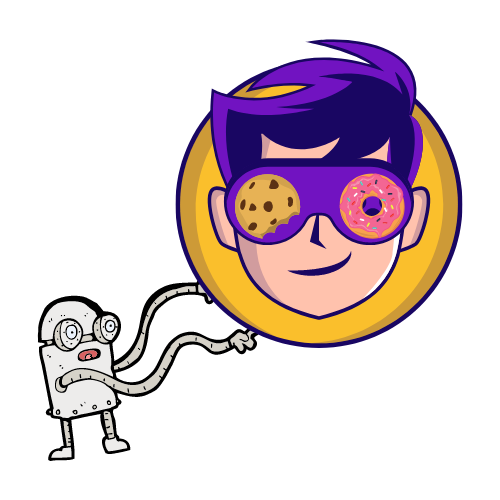


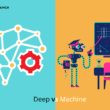
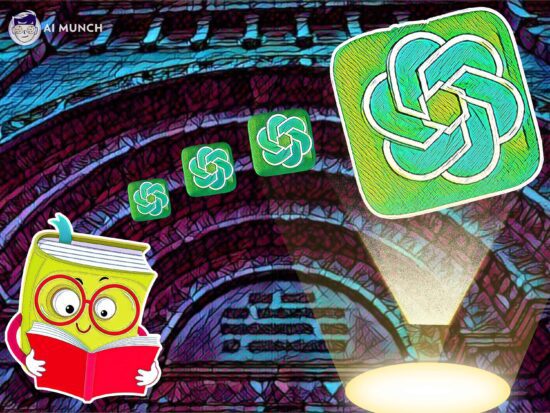



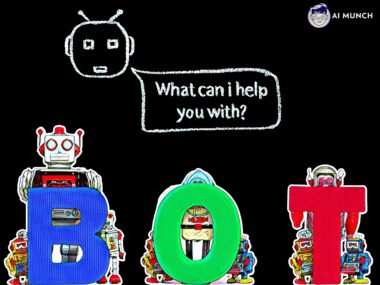


25 comments